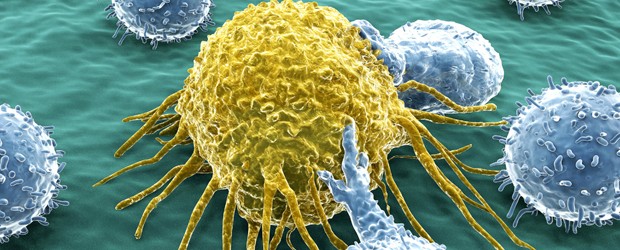A team of scientists from the University College in London have been conducting revolutionary experiments in the field of cancer research. Their work has provided some valuable insight into what causes cancer to metastasize to one part of the body or another. Far too often, it is the spread of cancer rather than the original tumor that leads to death. This research team utilized frog and zebrafish embryos in their experiments.
They identified a certain mechanism labeled the “chase and run,” which highlighted how both diseased and healthy cells follow each other around the body. Prior to this research, no one had a concrete picture of how this happened. Now, with this mechanism identified, new drugs can be developed which can directly interfere with these interactions. While the direct cause of cancer may still be unknown, there are now vital clues outlining a mechanism that enables the spread of a deadly form of cancer.
Understanding Why Cancerous Cells Spread
One of the keys to understanding these results is to think about why cancerous cells have the need to attach themselves to healthier cells in the first place. You can simulate this event by using substitute cells and recording their actions. In this case, the role of the cancerous cell was played by the neural crest cell, a common type of stem cell which can eventually form animal tissue. Similarly, the placode cells took the place of the healthy cells in this experiment. Not only did the placodes attract the neural cells, but they were followed by these cells once they started to move. Think of it like the old example of the donkey and the carrot rigged on a string in front of its eyes. The donkey attempts to walk towards the carrot, but the carrot continues to move away from the donkey at the same time.
Preventing Secondary Tumors
According to Professor Roberto Mayor (the man who led these experiments in London), “The findings suggest an alternative way in which cancer treatments might work in the future if therapies can be targeted at the process of interaction between malignant and healthy cells to stop cancer cells from spreading and causing secondary tumors.”
“Most cancer deaths are not due to the formation of the primary tumor, instead people die from secondary tumors originating from the first malignant cells, which are able to travel and colonize vital organs of the body such as the lungs or the brain.”
Gaining a Better Understanding of Cancerous Cells
Another member of the team, Eric Theveneau, was struck by just how similar these types of cells could be to cancerous cells. In his opinion, the next step should be using these findings in order to gain a better understanding of how these cancerous cells behave.
On the other hand, Dr. Kat Amey, science information manager at Cancer Research UK, was enthused about these results, but advised caution before jumping to conclusions. She pointed out, “This research helps to reveal some of the fundamental biological processes that might be at work as cells move around the body, but the scientists have only looked at developing frog and zebrafish embryos rather than specifically looking at cancer cells.”
All in all, these experiments have produced some very promising results, but there is still much more work to be done before we have any conclusive evidence as to whether they could be translated into a new form of cancer treatment.
